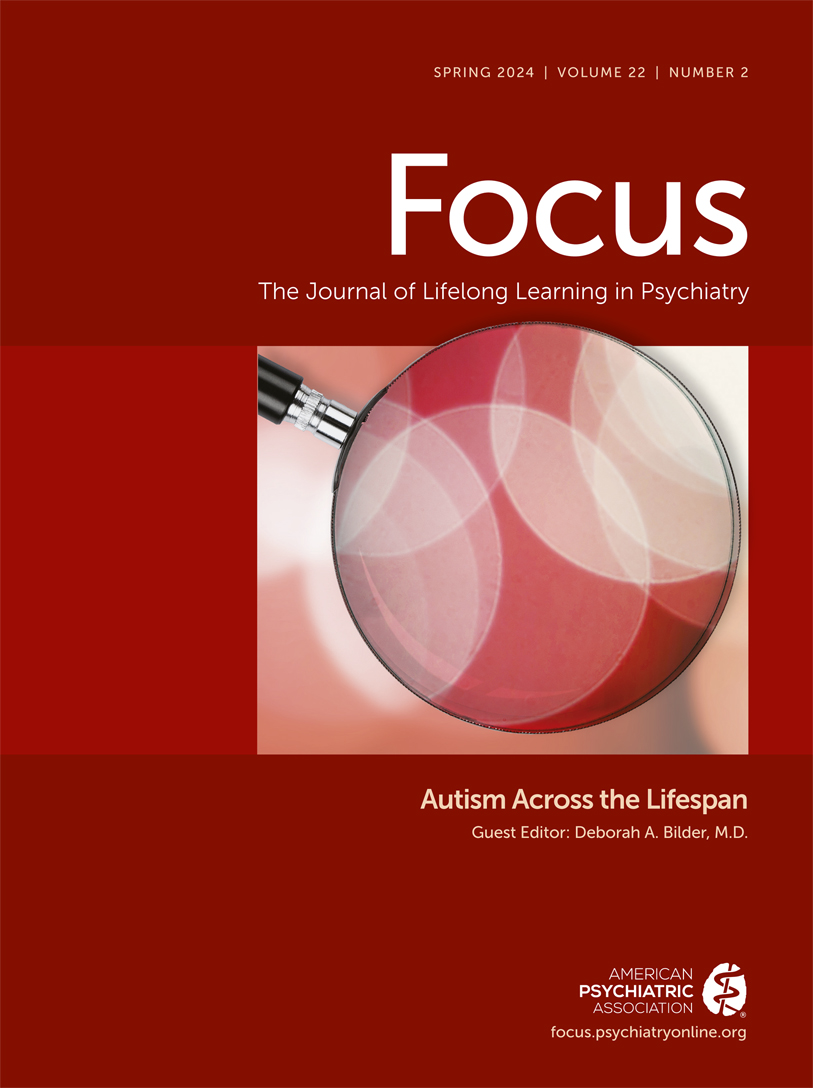Autism Severity and its Relationship to Disability
Abstract
Autism severity is currently defined and measured based exclusively on the severity levels of the two core symptom domains: social-communication and restricted or repetitive patterns of behaviors and interests. Autistic individuals, however, are often diagnosed with other medical, developmental, and psychological co-occurring conditions. These additional challenges such as intellectual disability, limited expressive and/or receptive language, and anxiety disorders, can have a tremendous impact on the day-to-day lives of autistic individuals, for both their adaptive functioning as well as their sense of wellbeing. Furthermore, the initial presentation of core symptoms and their likelihood of changing over time are influenced by the presence of such co-occurring conditions. In order to truly understand how a person’s autism impacts their life, both core symptoms as well as other challenges should be considered. This approach was recently taken by The Lancet Commission on the future of care and clinicalresearch in autism, which proposed the term “profound autism” for a subgroup of individuals presenting with high core symptom severity, co-occurring intellectual disability, and little or no language, who require extensive long-term care. Considering other individual factors such as daily living skills, specific support needs and environmental resources would also enhance the evaluation of disability in autistic individuals. As currently employed in the assessment of intellectual disability, a multidimensional approach to autism could provide a more comprehensive system for classification of impairment. At present, however, there is no formal way to designate the combined effect of these different aspects of autism on a person’s life. A comprehensive outlook that acknowledges impairments, capabilities, co-occurring conditions, and environmental factors would be useful for identifying subgroups of individuals as well as for determining individual needs and strengths in clinical assessments.
Lay Summary: The severity of a person’s autism is currently defined based on the severity of their core autism symptoms: impaired social-communication and the presence of restricted or repetitive patterns of behaviors and interests. But autistic people often face additional challenges such as intellectual disability, epilepsy, and anxiety disorder, that considerably impact their everyday life, wellbeing, and the need for support. A more complete view of autism severity, one that includes core symptoms as well as additional challenges, could help identify meaningful sub-groups of autistic individuals and could be useful in clinical care.
Appeared originally in Autism Res 2023; 16:685–696



